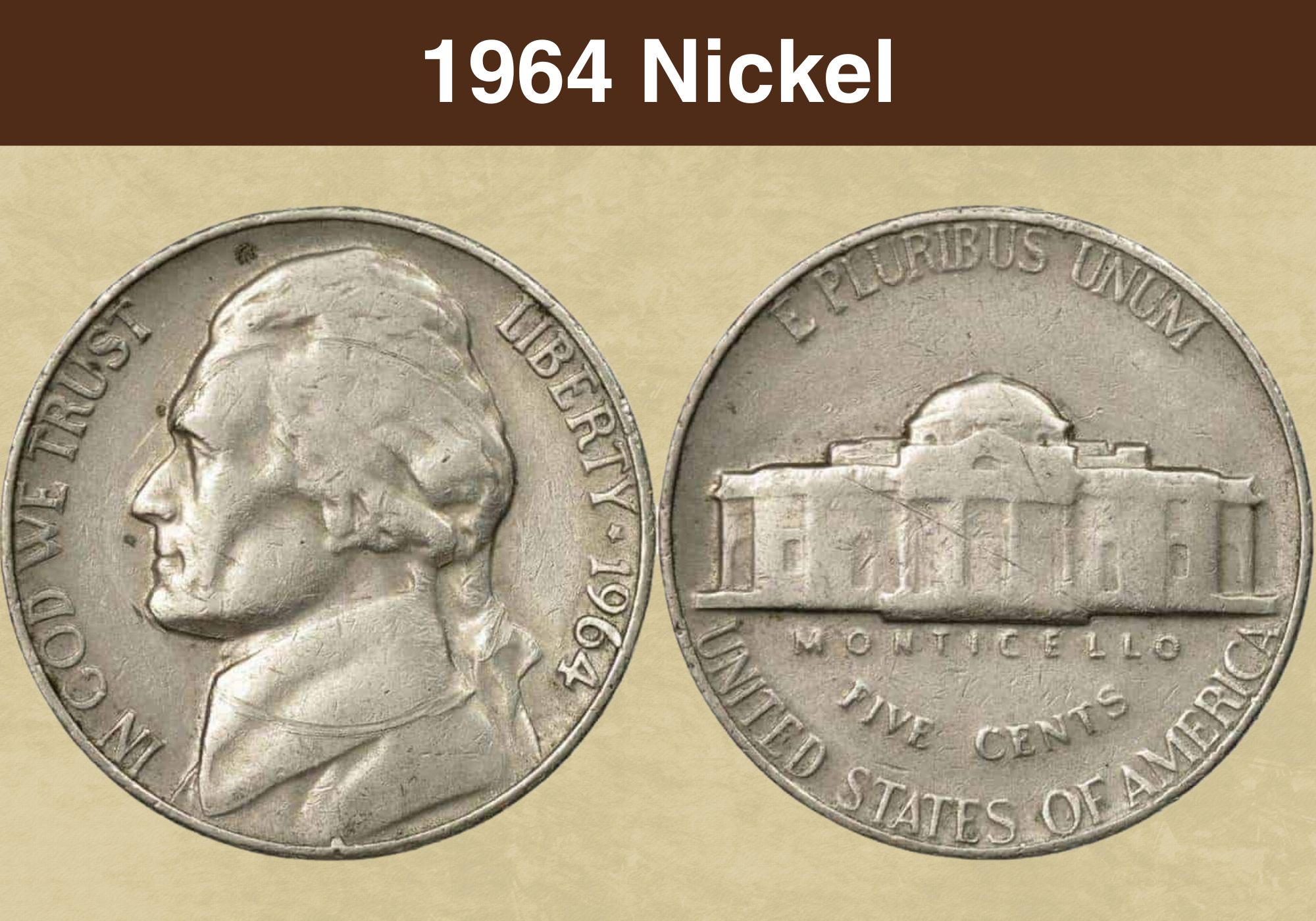
Coin Value Contents Table
Are you interested in selling or buying Jefferson nickels?
Understanding the value of a nickel can help you make the right investment decision as a coin dealer or hobbyist.
The 1964 Jefferson nickel, in particular, is quite popular among collectors. The United States Mint struck these coins using new, high-quality dies, producing well-struck nickels with great esthetic appeal.
This was also the first time the Mint produced over a billion coins to curb the coin shortage of the early 1960s.
Considering its rich history and popularity, the 1964 nickel would be an excellent addition to any collection.
So read on to learn everything you need to know about the 1964 nickel value. You will discover some of this coin’s history, unique features, how to grade the nickel, and errors that might be worth hundreds or thousands of dollars.
Let’s jump in and get started!
1964 Nickel Value Chart |
||||
| Mint mark | Good | Fine | Extremely Fine | Uncirculated |
| 1964 No Mint Mark Nickel Value | $0.10 | $0.10 | $0.10 | $500 |
| 1964 No Mint Mark Nickel Value (Full Steps) | – | – | – | $15,000 |
| 1964 D Nickel Value | $0.10 | $0.10 | $0.10 | $600 |
| 1964 D Nickel Value (Full Steps) | – | – | – | $4,250 |
| 1964 D Nickel Value (Proof Like) | – | – | – | $60 |
History of the 1964 Nickel
The United States Mint struck the first Jefferson nickels in 1938 in honor of our country’s third president and one of the Founding Fathers, Thomas Jefferson.
Jefferson Nickel replaced Buffalo Nickel, first struck in 1913 and was in circulation for twenty-five years. Despite its relative popularity, the Buffalo nickel was difficult to mint, and the U.S. Mint was happy to do away with it when the time came.
After the Mint hosted a coin design competition to find a designer for the next nickel, Felix Schlag emerged as the winner. Schlag designed both the obverse and reverse of the new Jefferson nickel.
The country experienced a serious coin shortage in the early 1960s. The Mint responded to this crisis by producing large quantities of coins, and the year 1964 was no different. Nearly a billion 1964 Jefferson coins were struck; the large mintage makes this coin very easy to find to date.
An interesting fact about the 1964 Jefferson nickel is that it was among the last currencies to have a mint mark until the Mint reintroduced mint marks in 1968.
From 1965 to 1967, the U.S. Mint stopped placing mint marks on coins. The goal was to reduce the hoarding of coins with a specific mint mark. Without the mint mark, one would know where a coin came from, minimizing speculation and hoarding.
Now let’s explore the unique features of the 1964 Jefferson nickel.
Also read: Top 10 Most Valuable Nickels Worth Money
Features of the 1964 Nickel
The following are the physical attributes of the 1964 nickel:
The Obverse of the 1964 Nickel
The obverse features a left-facing portrait of President Thomas Jefferson. Designer Felix Schlag based this portrait on a bust sculpted by Jean-Antoine Houdon.
The motto IN GOD WE TRUST is imprinted along the left-side rim, while LIBERTY and 1964 appear on the right side, separated by a single star.
The Reverse of the 1964 Nickel
On the reverse side, you will find a prominent portrait of Monticello, Thomas Jefferson’s famous residence. The word MONTICELLO underlines the portrait, and beneath are the words FIVE CENTS, describing the coin’s denomination.
The motto E PLURIBUS UNUM appears around the rim at the top, while the words UNITED STATES OF AMERICA are struck around the coin’s lower rim.
In some 1964 Jefferson coins, the stairs leading up to Monticello are more visible than others. Also known as Full Steps (FS), this particular feature can significantly increase the coin’s value.
Other Features of the 1964 Nickel
This coin comprises a 75% copper core and a 25% nickel outer layer.
It weighs 5.0 grams and measures 21.20 millimeters in diameter. The coin has a plain edge.
The 1964 nickel was struck at the Philadelphia and Denver facilities. Those struck in Philadelphia do not bear a mint mark, but those made in Denver will feature the mint mark “D”. You will notice this mint mark positioned to the right of the Monticello on the coin’s reverse.
Check out this video to learn more about how to identify 1964 Jefferson nickels worth money.
Also read: Top 17 Most Valuable Buffalo Nickel Worth Money
1964 Nickel Grading
There are several factors to consider when grading a 1964 nickel for its value.
First, you should look at the stairs leading up to the Monticello. This is one of the most valuable features of the coin. See how many steps you can count.
A Full Step or FS coin typically has 5 or 6 clear steps. Such a coin might be worth some good money, especially if it is in mint condition. The fewer steps you can count, the less valuable the coin likely is.
The second consideration is the coin’s overall condition. It is a good idea to familiarize yourself with the Sheldon coin-grading scale used by services such as the Numismatic Guaranty Company and the Professional Coin Grading Company. As a general rule, a nickel with most of its design features intact is more valuable than one that is worn.
Lastly, determine if your nickel has significant irregularities in the form of mint errors. Some errors are known to increase a coin’s value significantly.
| # | Grade |
|---|---|
| 1 | Basal State-1 |
| 2 | Fair |
| 3 | Very Fair |
| 4, 5, 6 | Good |
| 7, 8, 10 | Very Good |
| 12, 15 | Fine |
| 20, 30 | Very Fine |
| 40 | Extremely Fine |
| 50 | About Uncirculated |
| 60 | Mint State |
| 65 | Mint State |
| 70 | Mint State |
Please check our grading guides to know your coin scale, It’s the necessary step to know the exact value of your coin.
Check out now: How to Grade Jefferson Nickel?
1964 Nickel Value Guides
The United States Mint produced nearly 3 billion Jefferson nickels in 1964.
With such a large mintage, you would expect to find many gem-quality nickels easily. But the truth is that many of the available 1964 nickels today have a weak strike. You would have to look hard to find nickels in mint state.
In a rush to resolve the coin shortage, the Mint struck many coins but paid little attention to the coin’s quality. As such, 1964 nickels are worth more or less their face value. That said, the few special strikes or full-step specimens available can fetch thousands of dollars.
Let’s look at the precise value of the 1964 nickel in its various grades. The two varieties of this coin are:
- 1964 No Mint Mark Nickel
- 1964 D Nickel
1964 No Mint Mark Nickel Value
The Philadelphia Mint struck approximately 1,024,672,000 Jefferson nickels in 1964.
Most of these coins were released into circulation to curb the ongoing coin shortage. The large mintage also meant that most nickels were of lower quality, making them less valuable to collectors.
A 1964 Jefferson nickel is worth $0.10 in circulated condition. One in mint state graded MS65 is worth only $15, while one graded MS67 can bring in up to $500.
As mentioned, some Jefferson nickels are categorized as having Full Steps (FS), referring to the stairs leading up to the Monticello. Nickels with five or six full steps are considered in mint state.
An FS 1964 nickel graded MS64 is valued at about $85, while one graded MS67 can fetch up to $15,000.
According to the Professional Coin Grading Service (PCGS), a genuine, full-step, no-mint mark 1964 nickel graded MS67 sold for $14,100 in 2017.
1964 D Nickel Value
The Denver Mint also struck 1964 nickels, producing an estimated 1,787,297,160 coins. It is worth noting that some of these coins were struck in 1964, but production continued into 1965.
Many 1964 D nickels have a weak strike and are generally of poor quality. Unsurprisingly, collectors are usually only interested in nickels in mint state.
This coin is further categorized into mint state proof-like and mint state full steps.
In circulated condition, a 1964 D Jefferson nickel will pull in $0.10 to $0.2. One graded MS65 is worth $15, while one graded MS67 can bring in as much as $600.
A Full Step 1964 nickel-graded MS65 is worth about $700, while one graded MS66 can fetch $4250.
Full-step proof-like 1964 nickels are extremely rare. If you are lucky to find one, it would be worth a fortune. A full-step proof-like graded MS66 can bring in up to $4,000.
All in all, the 1964 nickel will not make you rich whether you intend to buy or sell one. This high-mintage, low-quality coin has a curious history, but that’s just about it. Still, it might be an interesting addition to your collection.
Also read: Top 17 Most Valuable Jefferson Nickels Worth Money
Rare 1964 Nickel Error List
A notable feature of the 1964 nickel series is its large number of minting errors. This is, however, expected given the large mintage coupled with the fact that the coins were minted in a rush.
Here are some common errors in this series:
1964 Four Strikes and Three Off-Centre Nickel Error
During the minting process, a coin is struck multiple times to superimpose the design features on the blank planchet.
This particular error meant that the coin was struck four times, but three of those strikes were off-center, pointing to an unstable punching die.
There are only so many examples of this error. The few existing examples are in good shape and rank high on the coin-grading scale, making them high-value. This, combined with the unique error, results in a pretty pricey coin that can fetch up to $1,200.
1964 Late Brockage Nickel Error
A brockage error occurs when a similar irregularity appears on both sides of the coin, resulting in an inverted mirror image of the irregular design.
Some brockage errors pop up in the final stages of the minting process. These end-stage errors can be quite dramatic. For example, one specimen sold at auction had a blockage error in which the coin had a deep cut in the middle on the obverse and reverse sides.
This specimen was already a high-value nickel, graded MS62, and sold for $400.
1964 Broadstruck Nickel Error
A broadstruck error occurs when a coin is struck outside the collar. The collar holds and shapes the coin. When the punching die strikes outside the collar, the coin “stretches out’’ resulting in a deformed specimen.
An example of a 1964 Broadstruck nickel error graded MS63 was auctioned for $55.
1964 Nickel Struck On a 10-Centavo Coin Error
The centavo error is quite interesting. As you might have guessed, the Mint somehow struck a 1964 Jefferson nickel on a 10-centavo coin. A centavo is a Philippine currency.
The only way to explain how this could have happened is that the Philippines was a colony of the United States of America, so that is how the coin might have landed in the mints in Philadelphia or Denver.
A Jefferson nickel struck on a centavo is two times lighter than the original. Weighing a nickel that feels oddly light is a good way to identify such an error coin.
An example graded MS64 was auctioned for $1,200.
Also read: 14 Most Valuable Nickel Errors Worth Money
Where to Sell Your 1964 Nickel ?
Now that you know the value of your coins, do you know where to sell those coins online easily? Don’t worry, I’ve compiled a list of these sites, including their introduction, pros, and cons.
Check out now: Best Places To Sell Coins Online (Pros & Cons)
FAQ
What makes a 1964 nickel so valuable?
In circulated condition, a 1964 nickel is not as valuable and is more or less its face value of $0.10 to $0.20. That said, 1964 Jefferson nickels in mint state, with proof-like features and full steps, can be highly valuable. Check that the coin has a clean, mirror-like finish with accentuated details. A 1964 nickel with such features is extremely rare and highly valuable.
How can you tell if a 1964 nickel is a special strike?
There are very few examples of special strike 1964 nickels. It is unknown why the Mint produced special strike nickels dated 1964. In fact, their existence was unknown until they appeared at an auction in 1993. You can identify these rare coins by their satin-like finish, sharp strike, and squared rim edges.
How do I know if my 1964 D nickel is worth anything?
First, you should look at the features of the coin’s reverse. Specifically, you should assess the stairs leading up to Monticello. The more full steps you can identify, the better—this means the coin is likely to be valuable and worth more than its face value. A Jefferson nickel with five or six full steps is considered a high-value coin that could fetch hundreds or thousands of dollars depending on its condition.

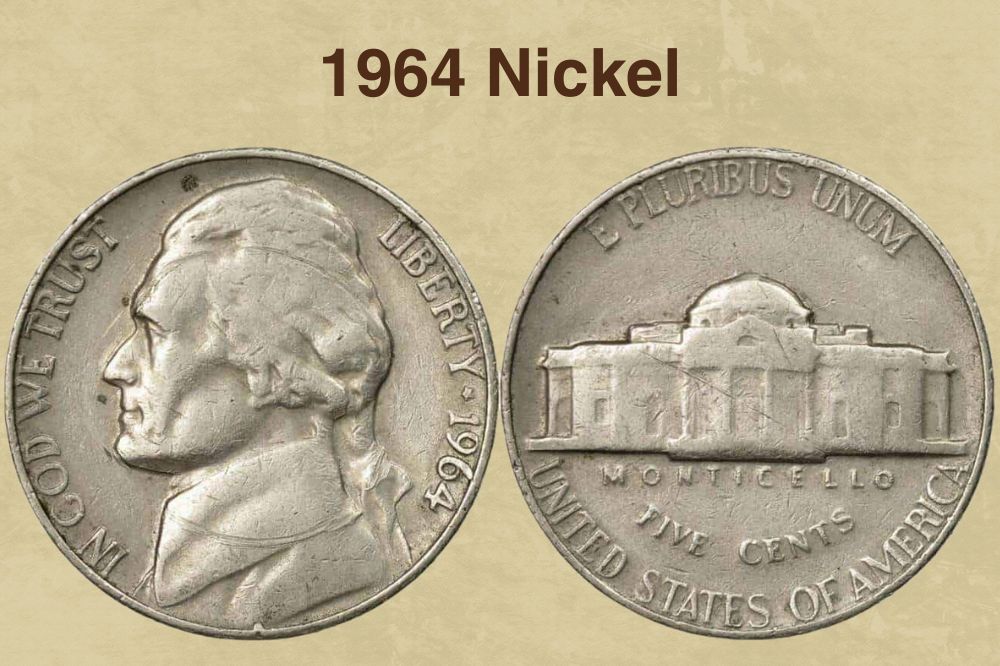
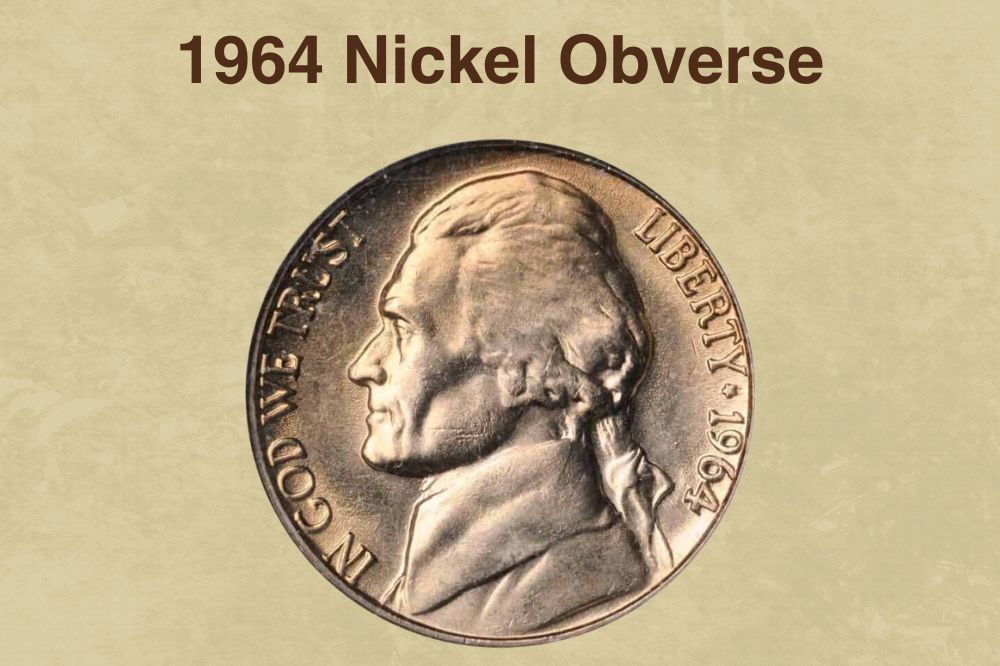
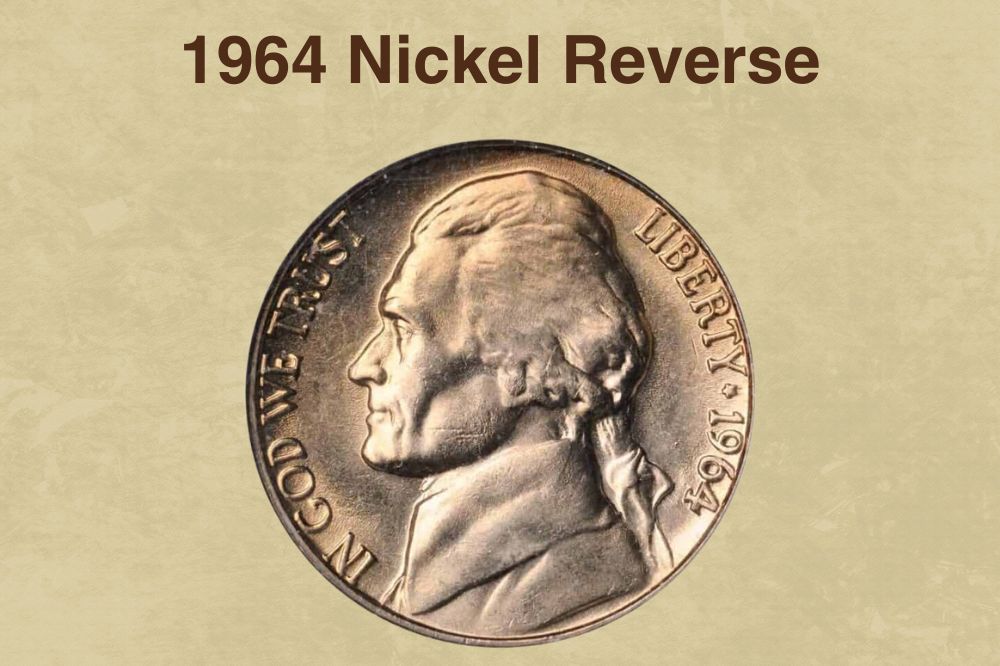
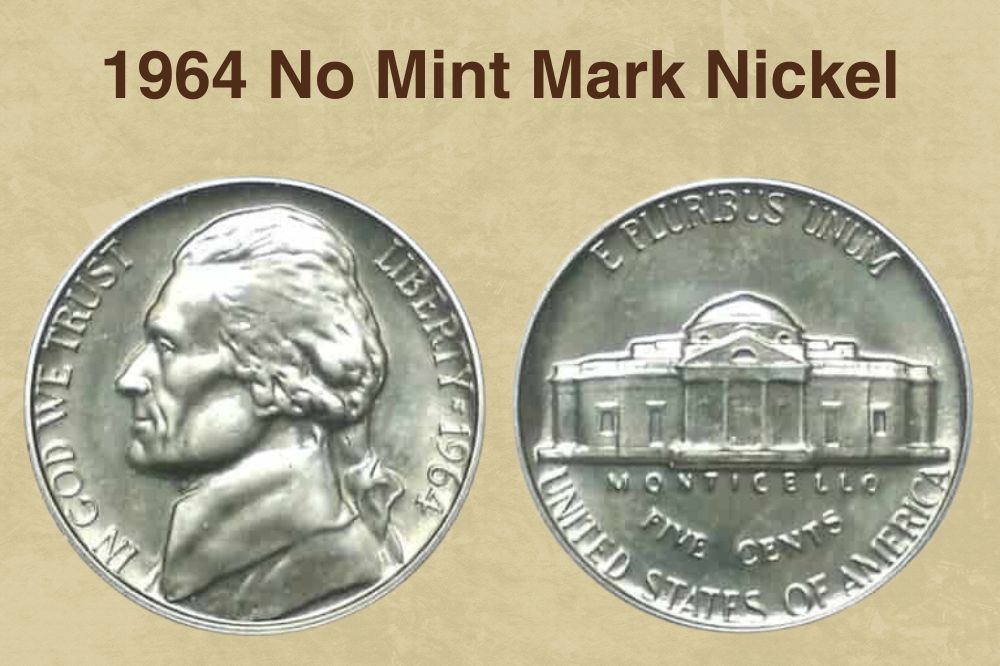
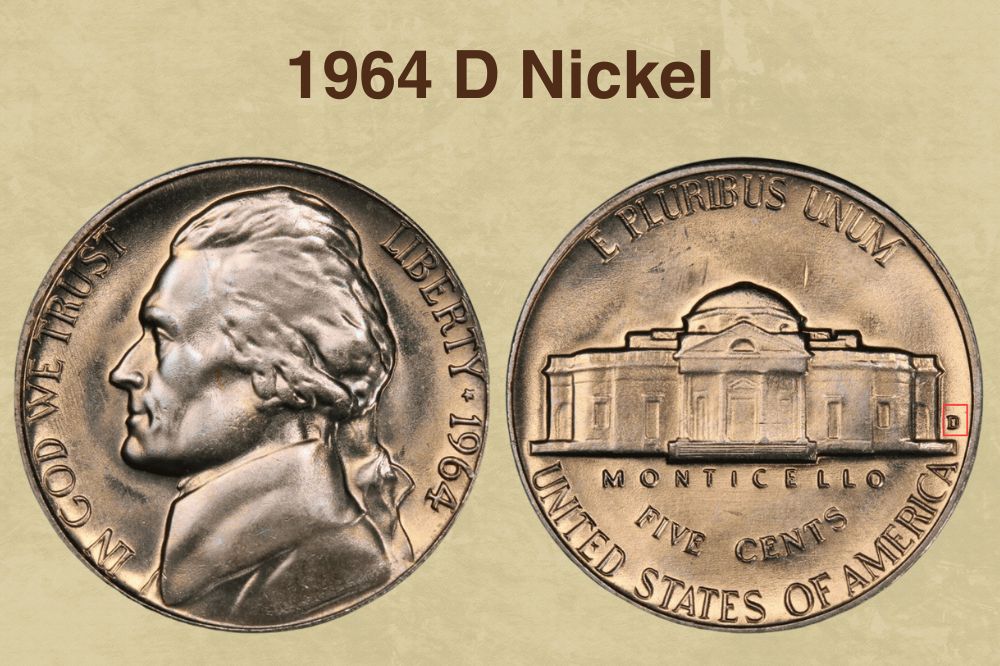
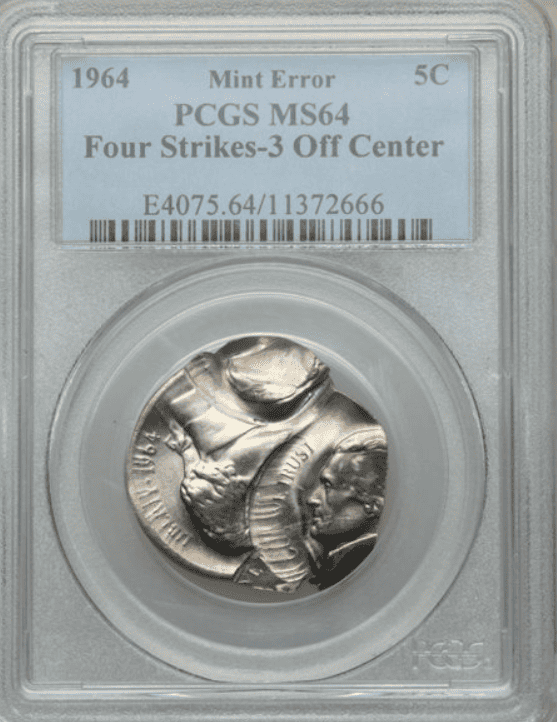
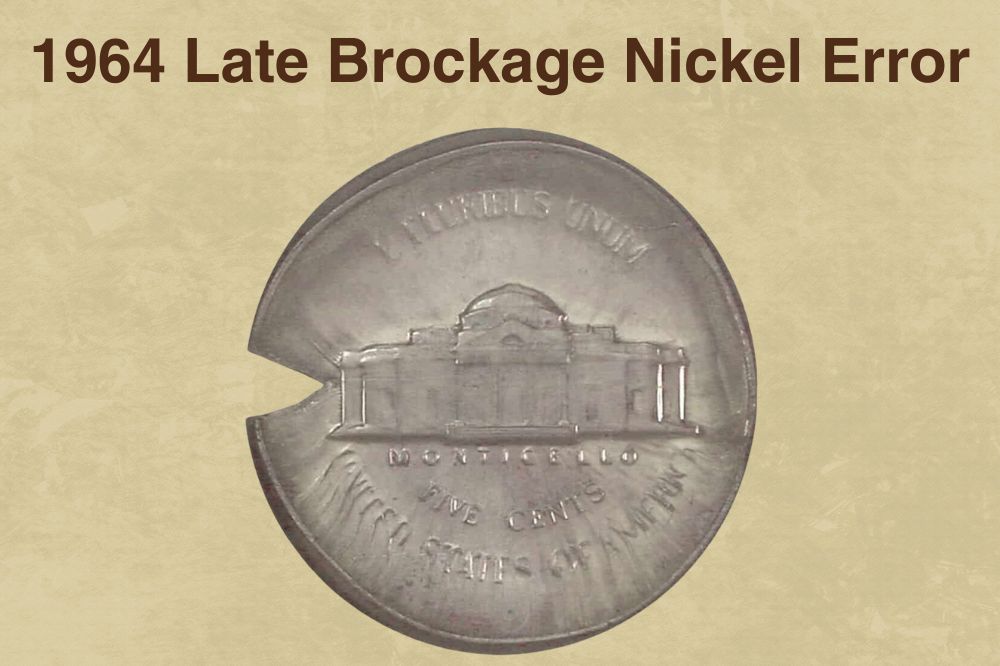
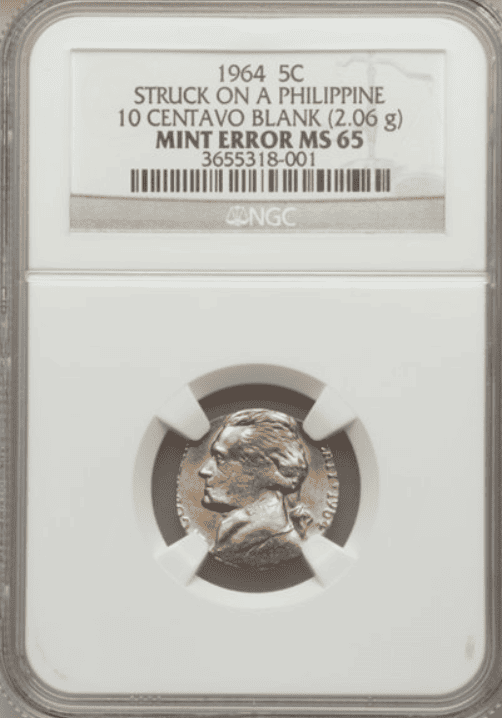
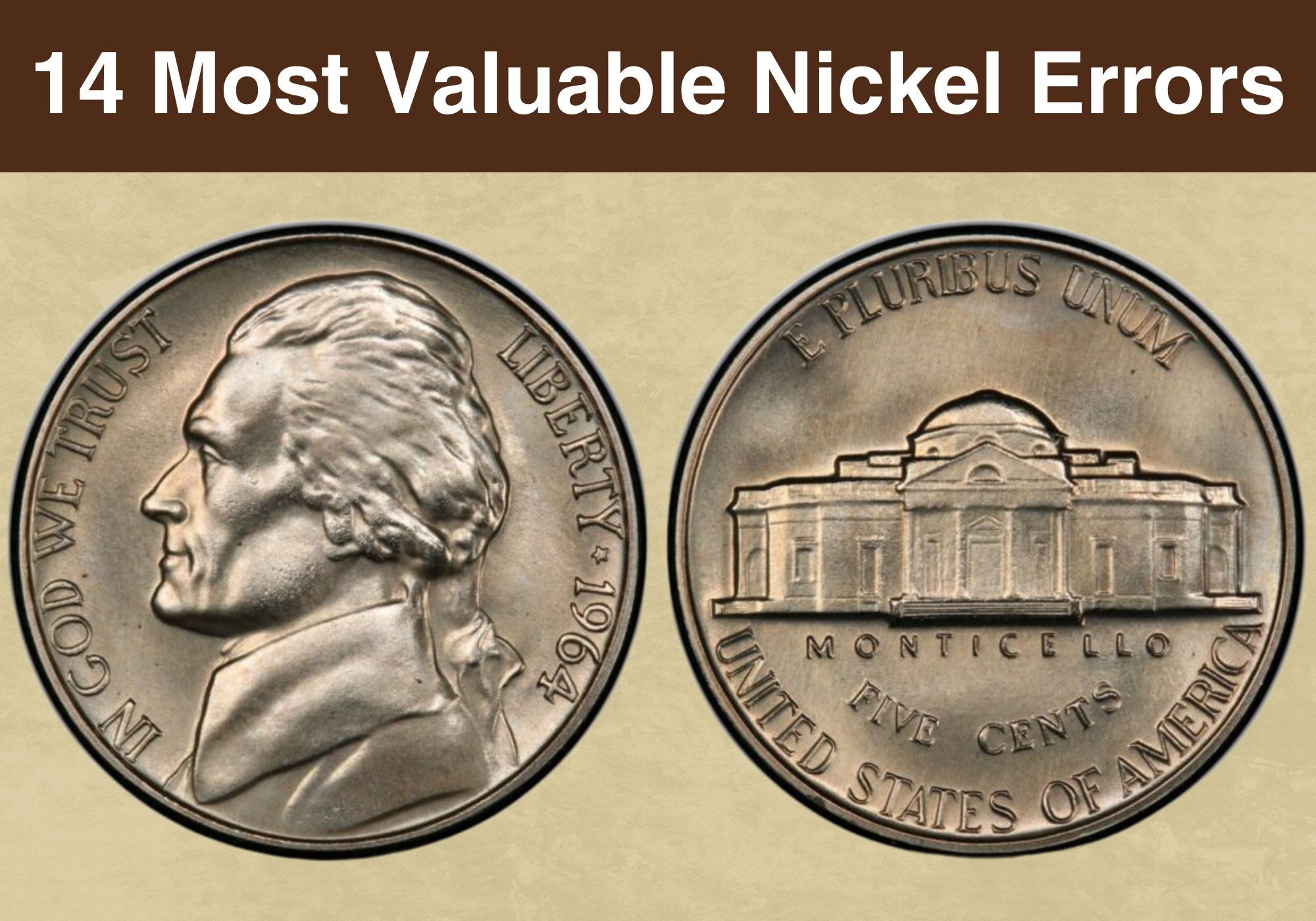
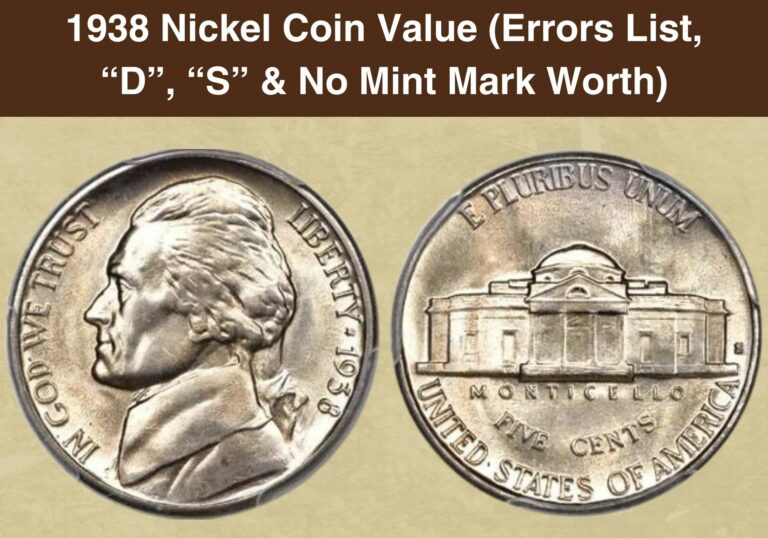
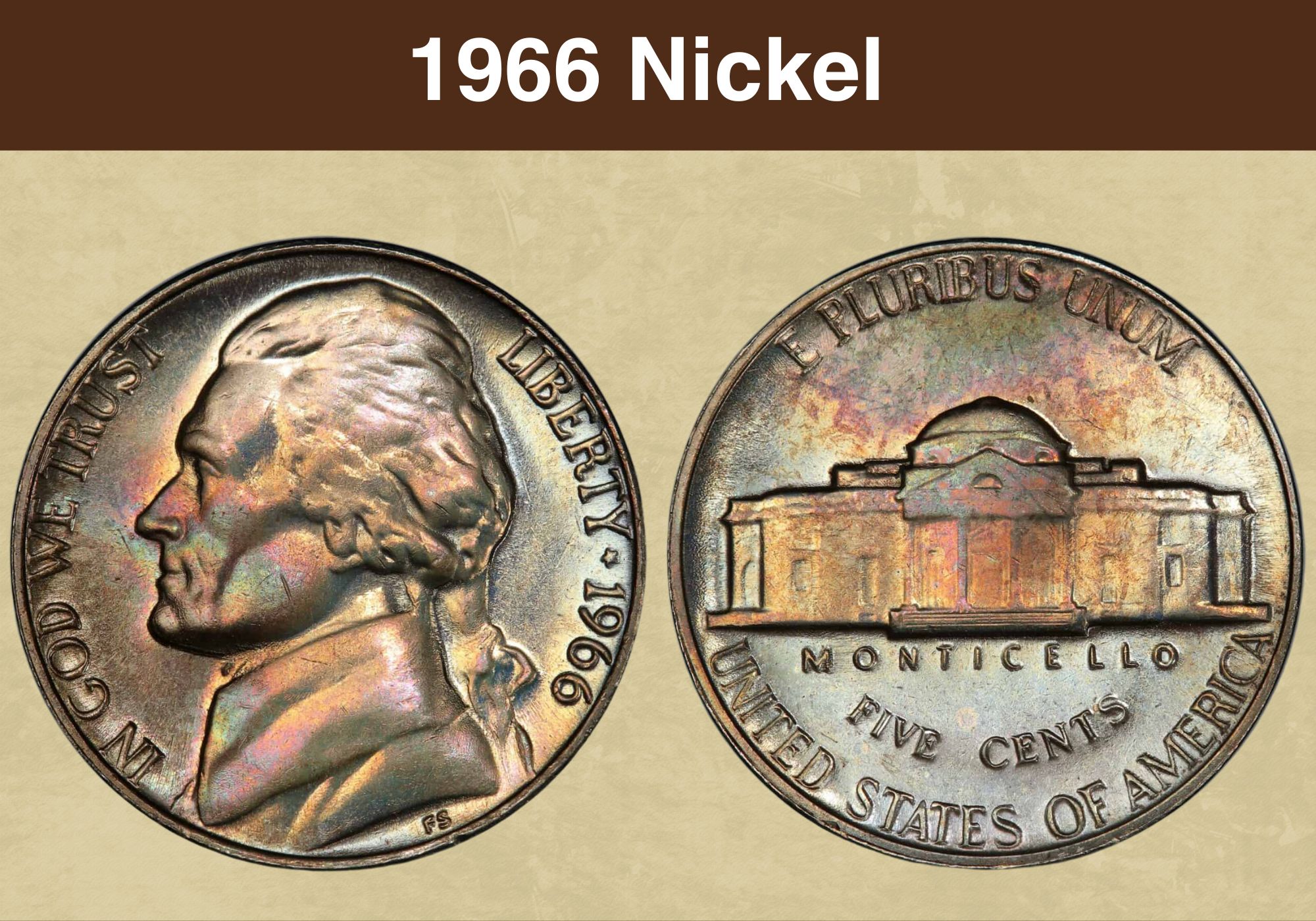
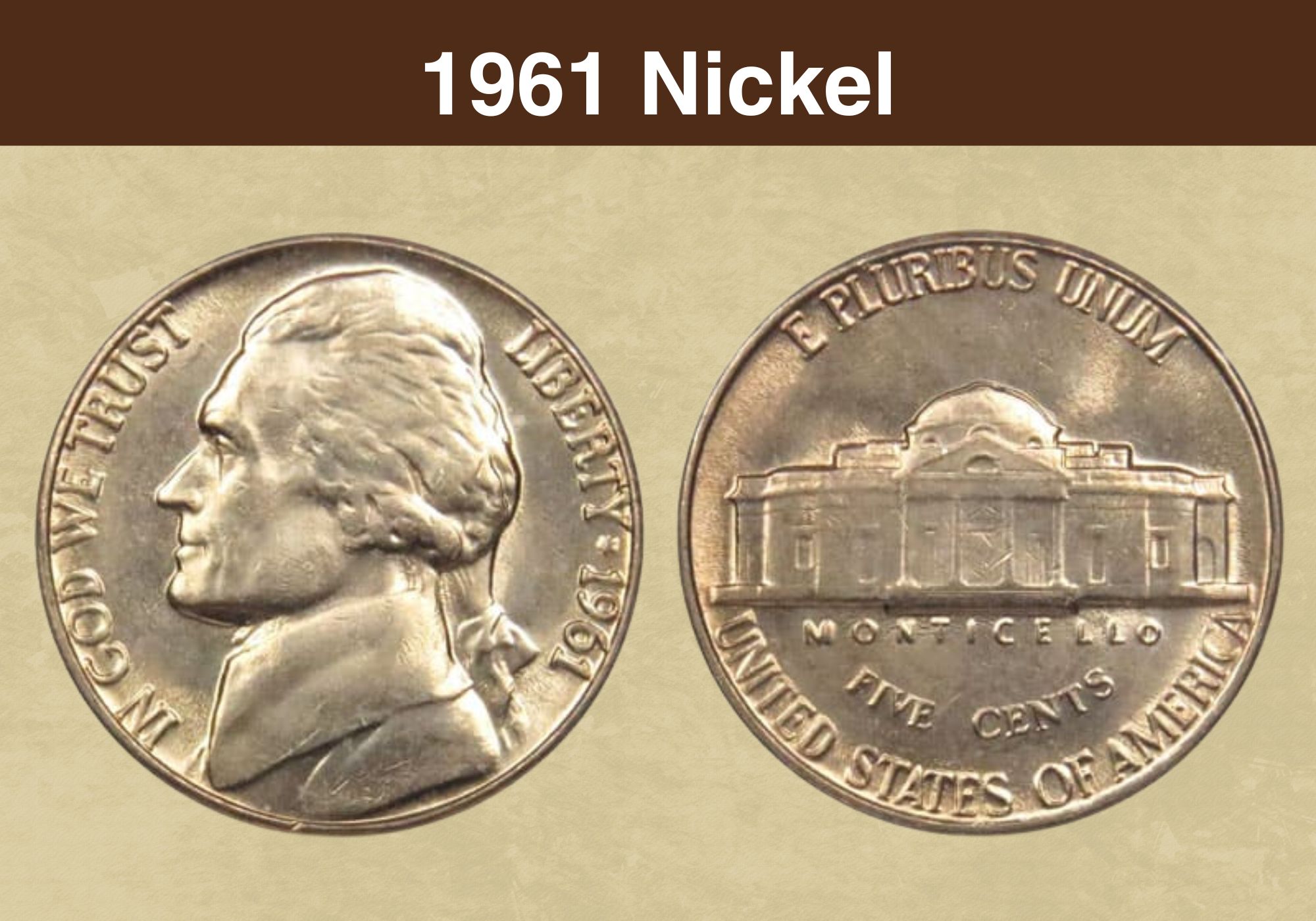
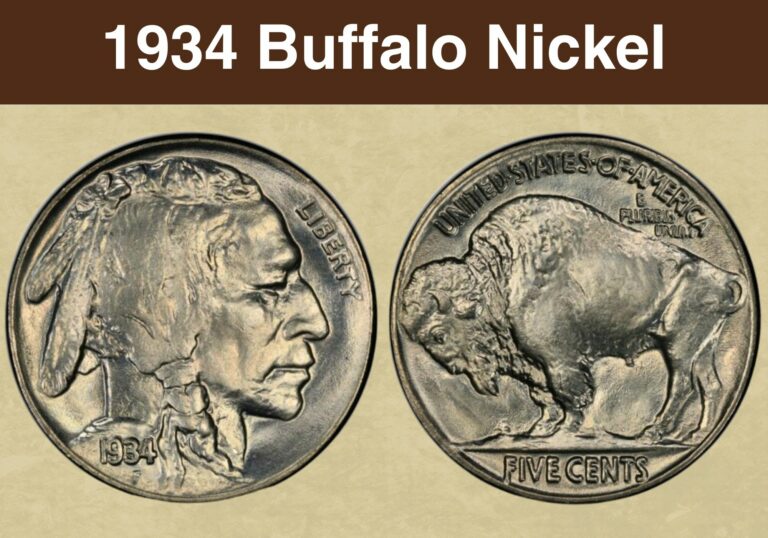
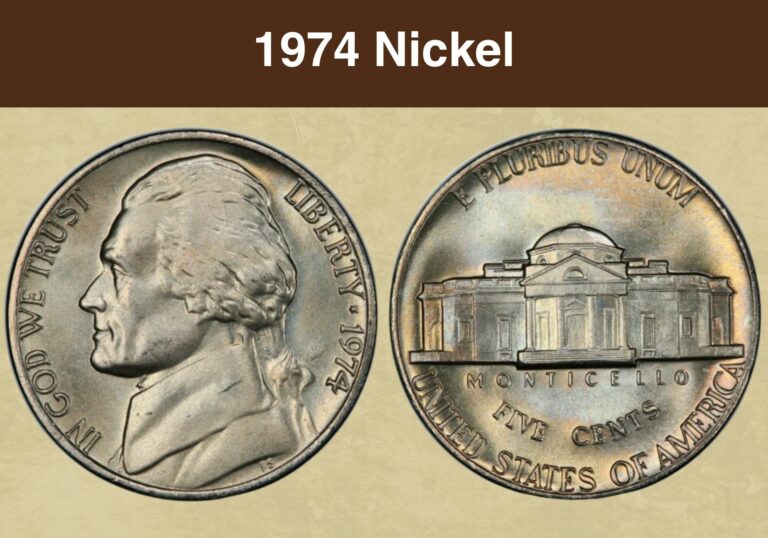
Me fue muy valiosa toda la información